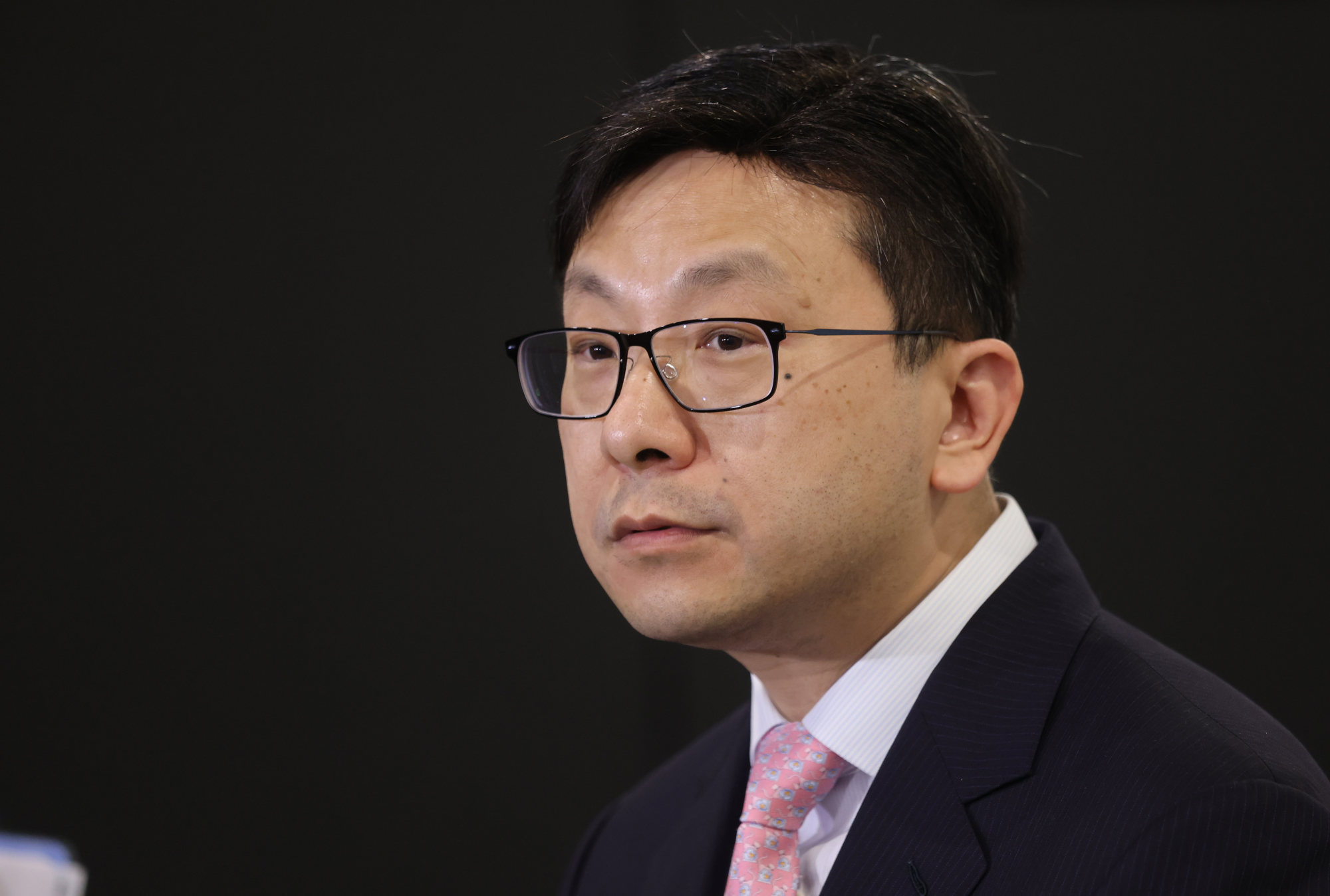
Hong Kong to replace median household income as sole indicator of poverty level, welfare chief says
- Way poverty is measured in city is to change, with more sophisticated formula to replace median household income drawn up before year-end
- Chris Sun, labour and welfare secretary, says several factors need to be considered and single measurement method is not accurate enough
Chris Sun Yuk-han, the labour and welfare secretary, on Sunday said poverty was a multifaceted problem and that its detection was similar to the diagnosis of illnesses.
“In the past, when we only looked at income, it was like assessing someone’s health purely from their [body mass index],” he told a radio programme.
“But they can have many other problems. They may have high blood pressure or issues with bodily functions.”

Sun highlighted that half of the city’s older people in single or double-room households, dubbed elderly singletons or doubletons, owned property and may not lack money.
But he said the present approach would struggle to take into account their special care needs or other factors.
“We must devise targeted solutions for certain groups and just one single indicator may not be suitable,” he said.
Sun added the government hoped to announce further details by the end of the year on how it planned to come up with a more accurate gauge of poverty levels.
The figure stood at HK$4,400 a month for a single-person household, HK$9,500 for a double household, HK$16,000 for a three-person household, and so on when it was last updated for 2020.
The city’s poverty rate in 2020 was 23.6 per cent, government statistics have shown – equivalent to 1.65 million people, the highest level since records began in 2009.
Hong Kong scores 0 for efforts to improve lives of poor children: advocate poll
The government’s Commission on Poverty earlier discussed ideas to take a more realistic approach by the identification of three in-need population groups and analysing their income, living conditions and employment, a source familiar with the proposals said.
The three groups proposed were people in subdivided homes, single-parent households and the elderly.
But Sze Lai-shan, a member of the commission and the deputy director of NGO the Society for Community Organisation, said the household income marker should remain as one of the aspects used to measure poverty.
“I think authorities can indeed take a more in-depth look at these groups, but we still need to keep an indicator for the wider public, to get a good picture of just how many people have low income,” Sze said.
“It can also help provide an overall view of how effective government policies are in alleviating poverty.”
She also dismissed government fears that people with significant assets would benefit from poverty alleviation policies despite their wealth.
“One of the major reasons the government wishes to adjust poverty assessment now is because there are worries assets have not been taken into account under the current method,” Sze said.
Hong Kong wealth gap at its worst in over 10 years, Oxfam finds
“But people with big assets rarely have extremely low incomes – it is always reflected in one way or another, because they will have some sort of revenue or collect rent if they are homeowners.”
A government spokesman said the median income measurement of poverty had limitations, as it did not take into account assets, debts, and non-cash welfare transfers such as public healthcare, subsidised housing and free education.
“To ensure ongoing monitoring of poverty alleviation efforts in Hong Kong, the Commission on Poverty supports the government in adopting a multidimensional approach that considers various factors beyond income to assess the overall situation and changes within different target groups,” he said.
The government’s last report on the problem, released in 2021, showed the severe recession sparked by the coronavirus pandemic had a major impact on poverty, under a weak labour market and a wage growth slowdown.
But the report said, after government intervention with measures like comprehensive social security assistance, one-off cash subsidies and means-tested benefits such as public housing, the number of people living in poverty dropped to 554,000, or 7.9 per cent, of the population.
The report also showed elderly people were more likely to struggle financially, with 45 per cent of those aged 65 and above considered to be below the poverty line.
Kwun Tong was shown to have the highest poverty rate out of the city’s 18 districts in 2020 at 28.8 per cent, followed by Kwai Tsing at 27.5 per cent.
